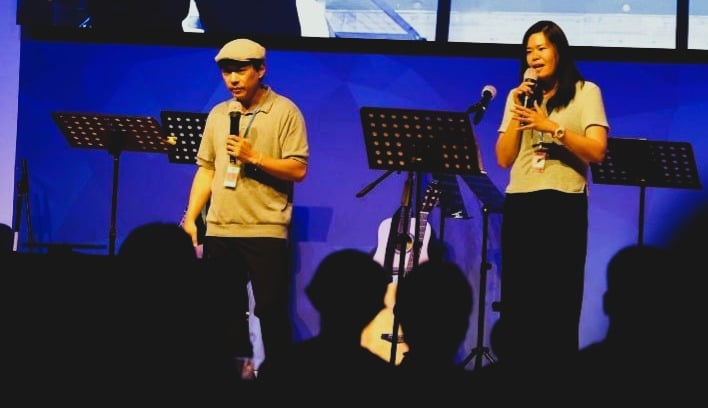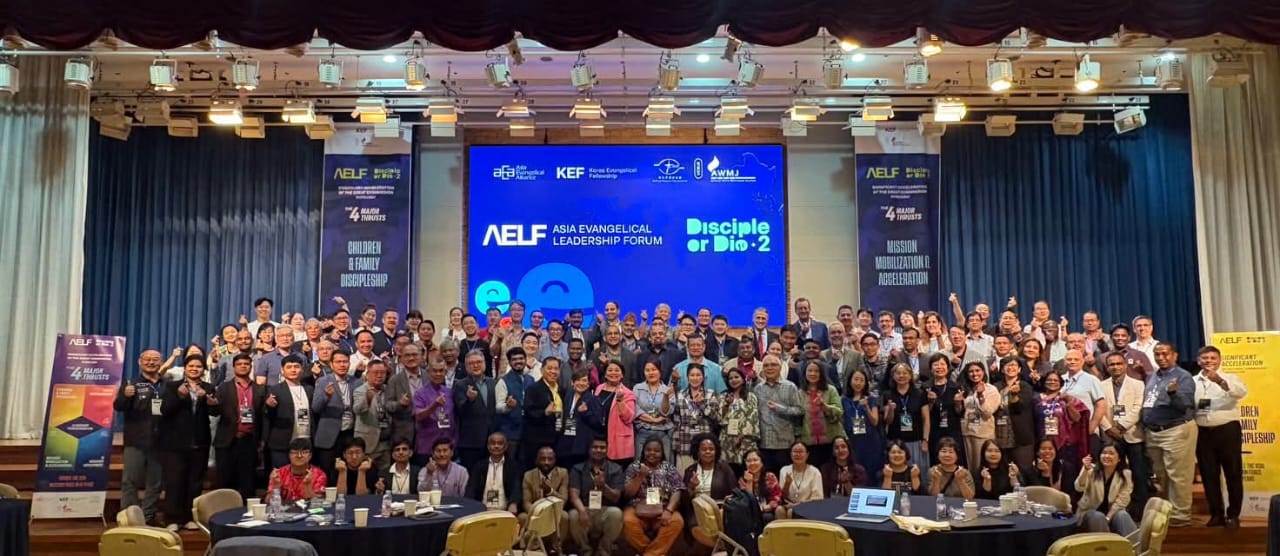
What are we to make of the prayer service which began on February 8 at Asbury University in Kentucky, where students continued in prayer and worship for days? Within the week, thousands arrived to witness this spiritual outpouring, and scores of other colleges are now describing similar events on their campuses. Is this a sign of a new national spiritual awakening?
As thousands gather and as comments of both praise and derision fill social media, we know that this phenomenon is not new. Indeed, it’s embedded in the history of churches and their communities in North America and around the world.
The word revival is often connected with the Wesleyan-holiness church community. Although some use it to describe a church event, a more descriptive word is awakening, denoting a time and place at which people are overcome by spiritual wonder, utterly conscious of God’s presence, blanketed with a hush of mystery, and instinctively led to pray and worship. Time becomes a nonfactor. Accompanying all this is illumination, an opening up of hidden corners of sin and faithlessness, followed by a receiving of God’s grace and mercy. Most often, these events are not organized but unannounced, serendipitous, and spontaneous.
The United States has a particular history of such awakenings or revivals. The First Great Awakening, in the early 1700s, began at Yale University and triggered spiritual ripples across the states and beyond. The Second Great Awakening some 50 years later awakened Christians to the need for social reform, launching the Methodist Church, which by the Civil War had more than 19,000 churches. This awakening also sparked a great impulse for social reform and produced new religious movements. In the early 20th century, the Pentecostal movement was born in the Azusa Street Revival in Los Angeles, generating a global moment now numbered in the hundreds of millions. Then the Jesus Movement of the 1960s challenged the status quo of churches and society.
My purpose in adding to a growing trail of tweets, Facebook entries, articles, and editorials on the Asbury revival is to interpret this growing story as a celebration of what many have longed for. There has been increasing prayer for a spiritual breakthrough in this world encrusted by secular and religious bias and by polarization. There is something unusual and hopefully historic in the possible outworkings of this single event, whose spark is already lighting fires across the student world.
But what makes these special moments?
God visits us in many ways. Our bodies are his temples; he is among us as we give thanks at meals, in our prayers for special needs, and as we worship. However, in such awakenings as these, the awareness of his presence is overwhelming and palpable. Whether in gentle stillness or boisterous worship, a holy hush convinces those gathered that the God of history has planted his extraordinary presence among us.
Beck A. Taylor, president of nearby Samford University, wrote, “This is spontaneous, organic, student-led worship. … What’s happening isn’t contrived, programmed, or scripted. Nor is it performative or disingenuous. Students and others see it as an opportunity … to find unity in Christ, to encourage one another to faithfulness, and to extend the love and grace of Jesus to everyone.”
Some may wonder why would God choose these students while others are trapped by war and poverty. Others question if this is but an emotional outburst created by people seeking to draw attention to themselves and their causes. Some may suggest that if God is alive and well, would not such outbursts of blessing better be granted to people suffering from injustice? Moreover, a revival will always have extremes and excesses. Some will try to appropriate it for their own political purposes, and some, along with gawkers and cynics, will have a heyday engaging in critiques and misrepresentations.
At the root of understanding Christ’s call to follow is this question: Are we to establish this type of event as the moment in which our ultimate quest of faith is realized? Surely not. This is but a moment, albeit a powerful one; it is not the end but a beginning. The disciples who came down from the Mount of Transfiguration, as profound as their moments were with Christ, discovered after their return to civilization that they could not deal with a demon-possessed boy. They needed more tutoring by Christ beyond their spectacular experience. They had much more to learn and understand, as will the students and others who are gathering at Asbury and on campuses elsewhere in the USA and beyond.
This bubbling up of spiritual renewal comes amidst a tsunami of hatred, bitterness, division, distrust, and hostility along with broken families, strained relationships and divided churches. Many unbelievers today think that evangelicals are angry and rigidly trapped in a one-sided political mindset. Indeed, at a time when the very word evangelical—a brilliant descriptor of the saving message of Jesus, the evangel, the good news—is dragged through the mud, along come young people who are ready receptors of this Holy Spirit visitation. Surely this is something to celebrate. As we’ve learned from former times of God’s visitation, these are opportunities for the hungry to come and taste, the searching to come and see, the lonely to come and be welcomed, and the angry to come and be loved. May this early evidence of a new and great awakening revive the church of Jesus Christ.
Brian C. Stiller
Global Ambassador
The World Evangelical Alliance
February 2023





Stay Connected